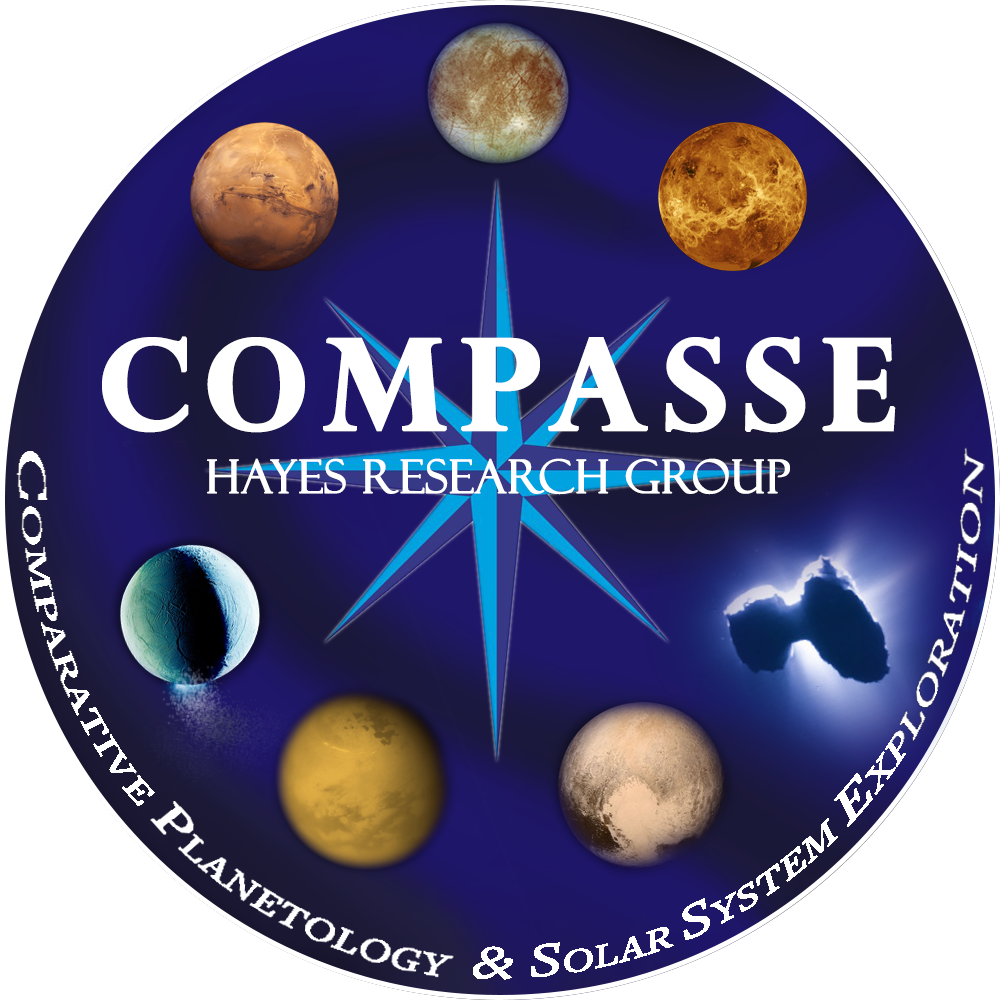Mineral Spectroscopy
Remote sensing technology is advancing by leaps and bounds. As such, the data from spacecraft spectrometers are becoming more sensitive and investigators are attempting to obtain accurate mineral identification and abundance values from mixed spectra. It is not uncommon for these analysis to be performed by comparison to spectral libraries created under ambient conditions in terrestrial laboratories. For hydrated minerals, this could pose a problem as the bending and stretching frequencies of O-H bonds, which are used to identify and calculate the abundance of a particular hydrated species, change as a function of temperature. We are interested in studying the temperature dependent behavior of hydrated minerals for application to planetary science observations of extraterrestrial objects.
Detailed studies of mineral structures are most commonly performed under ambient temperatures, where it is experimentally convenient. Temperature dependent effects, however, can significantly alter the behavior of various species within a crystal lattice. We are interested in analyzing the low to moderate (80-800 K) temperature dependent behavior of O-H bonds in common hydrated minerals. Infrared (IR) spectroscopy is utilized because of its sensitivity to the O-H bond and the relative ease of obtaining experimental data at temperatures below and above ambient conditions. Temperature-dependent changes in the IR-active stretching of bending frequencies of O-H bonds are directly linked to bond strength. An additional objective is to compare integrated band intensity to quantitative measurements of water abundance. The calibration coefficient which relates IR absorption to water abundance, known as the molar absorptivity, is both a function of species and temperature. Infrared spectra are obtained between 700-7000 cm-1 using a Nicolet 860 FTIR Spectrometer at temperatures between 80 and 800 K. When possible, samples were prepared as oriented thin sections, however most experiments are performed using the KBr pellet technique. In all cases spectra were obtained in transmission mode using a Nicolet 860 Spectrometer with microscope attachment and photovoltaic HgCdTe detector.
Infrared (IR)-active stretching and bending frequencies of O-H…O configurations were observed to shift with rates between 0.02 – 0.7 cm-1/K for the minerals studied. Integrated band intensities of hydroxyl and water stretching / bending regions varied by up to 200% between 80 K and 800 K. The rates of band shift and intensity variations were 1.7-2.0 times higher for the first order overtone bands as compared to their respective fundamentals. In all case it was found that the magnitudes of temperature dependent effects were correlated to the length of hydrogen bonds present in the mineral, irrespective of bulk structure. Correlations between hydrogen bond length and O-H stretching / bending frequencies are well known, but correlations with temperature dependence have not previously been rigorously studied.
IR spectroscopy is highly sensitive to both mineral structure and species concentration. Recent advances in remote sensing and communications technology have increased the use of IR spectroscopy in non-ambient environments. As such, the low temperature behavior of hydroxyl (OH–) and molecular water (H2O) species have important applications to the observations of hydrated minerals on asteroids and other planetary surfaces. The hydrated mineral inventory on asteroids is directly associated to the origin of Earth’s water and can act as a tracer for processes occurring during the formation of the solar system The moderate temperature behavior of hydrated minerals has application to the delivery of water to the Earth’s interior from subduction zones. In both environments, the results of this study suggest that mineral misidentification and inaccurate estimates of hydrous concentrations will occur if temperature dependent effects are not taken into account. The primary objective of this investigation is to further the current state of knowledge regarding the nature of water in common mineral structures. The results have application to any investigation of hydrated mineral structures with moderate to strong (δ(HO ) < 2.5 Å) hydrogen bonds under non-ambient temperatures (T≠300 K).


